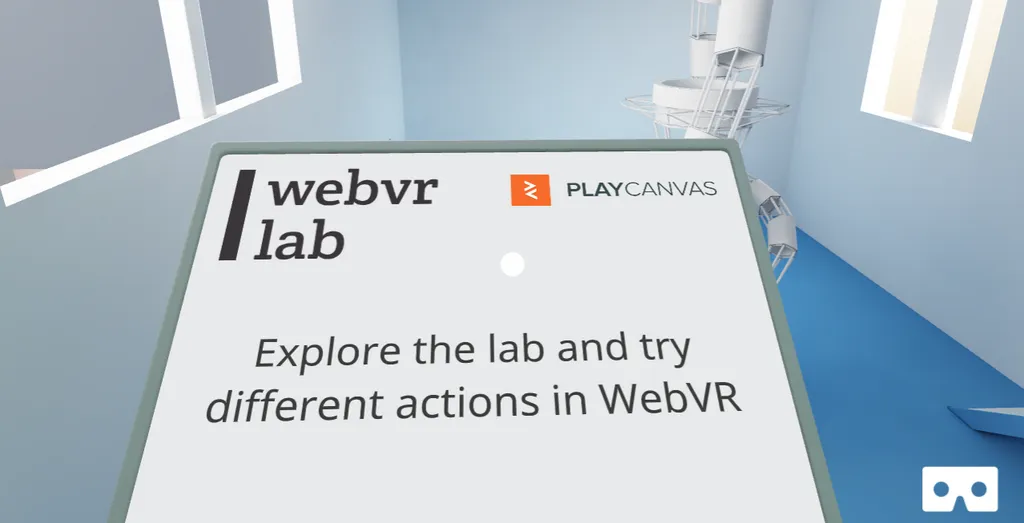Late last month Google opened the doors to its Daydream mobile VR ecosystem up to developers, and now it’s doing the same for the web.
The tech giant today is releasing a stable build of WebVR support in the Chrome browser for Daydream compatible phones and headsets. That means when reaching a WebVR compatible page, you can slot your phone into a Daydream View — or Huawei’s upcoming headset — and view that content in VR, be it a 360-degree video or a full virtual experience.
You won’t need to download anything to access these experiences; they offer a quick way to jump into VR as naturally as you surf the web itself. You can jump into 360 YouTube videos with no need to access the Daydream app, for example.
To celebrate the launch, Google provided a few examples of where to find the best WebVR content so far. Check out Bear 71 for an interactive VR documentary, Matterport for a library of 360 photos and videos, Within for 360-degree movies, Sketchfab for user-created content and, interestingly, Playcanvas’ WebVR Lab, which appears to integrate the Daydream controller into an immersive experience.
The feature’s been a long time coming for Chrome, and it’s not finished yet; stable support for Cardboard and wider phone integration will be coming at a later date, and Chrome on Windows still only has experimental support at this point in time.
Google isn’t the only one pushing WebVR right now; Samsung is supporting the API with its internet browser for Gear VR, and Oculus is working on its very own browser, codenamed Carmel, that will work with both Gear VR and the Rift. While there’s still years of development ahead, eventually WebVR should grow to be a widely-available feature on a range of browsers and headsets. Last month we also reported on the reveal of a new tool from Google itself that would help optimize VR on the web.


























